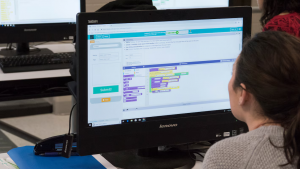Establish a process for communicating your progress to the public on a regular basis. Be transparent about your expected timeline, and post updates often, especially if you experience delays.
Consider involving civic groups or local celebrities who support your efforts to keep the public informed and generate additional support. .

















